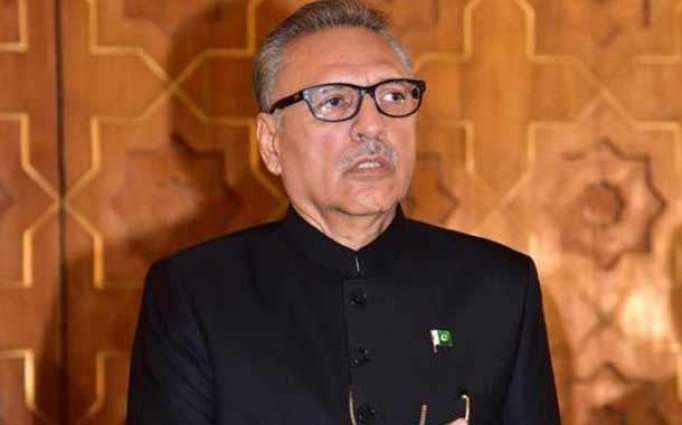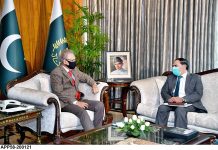مضمون کا ماخذ : لوٹومینیا
Terrorist outfits still strong despite decline in attacks
ISLAMABAD: While terrorist attacks declined in 2016, terrorist outfits continue to remain a potent threat, with many widening their scope, narrowing their ideology and evolving within the new spaces. These threats will linger on for long, unless the state moves beyond the hard approaches. In 2016, as with the preceding years, banned terrorist outfit Tehreek-e-Taliban […]
ISLAMABAD: While terrorist attacks declined in 2016, terrorist outfits continue to remain a potent threat, with many widening their scope, narrowing their ideology and evolving within the new spaces. These threats will linger on for long, unless the state moves beyond the hard approaches.
In 2016, as with the preceding years, banned terrorist outfit Tehreek-e-Taliban Pakistan (TTP) remained a major actor of instability in the country, carrying out 106 attacks. 2016 also saw a rise of Jamaatul Ahrar with 66 attacks. Part of JA’s rise owes to the weakening of the TTP’s operational capability. This reality of how terrorist dynamics evolve should not be lost upon policymakers, notes 2016 security report of think tank Pakistan Institute for Peace Studies (PIPS).
Overall, the report notes that there has been a decline of 28% in terrorist attacks in 2016: 441 terrorist attacks took place in 57 districts/regions across Pakistan, claiming 908 lives. While suicide bombings have been receding, the reports note, 50% of the attacks in 2016 were targeted killing or shooting.
Although sectarian violence declined for 2016, that violence will linger on for long. For one, sectarian outfits are still active. Together with other banned outfits, they are encroaching as new far-right, eating at the socio-political space of the country and injecting sectarian-tiled discourse in the country.
Most importantly, sectarian militancy is further blending upon the militant landscape. In 2016, Lashkar-e-Jhangvi saw its rebirth as LeJ Al-Alami, a group that attacked the shrine in Khuzdar. The group is believed to have widened its scope, developing computability with global terrorist outfits, including the Islamic State (IS).
Policymakers should take note of all these dynamics in all parts of the country, in charting out any response. In Balochistan, the report notes, these groups (TTP, Jamaat Ahrar, LeJ Al-Alami) pose a far graver threat than Baloch insurgents. The former have been behind major attacks, including in Quetta and Khuzdar, while the latter have usually launched low-intensity attacks.
The latter, PIPS report notes, can be tackled through political resolve, which has been missing in the last one year. It is hoped that some progress may be made to that in 2017.
Meanwhile, security forces carried out around 95 operational strikes and raids and apprehended 1,418 suspected terrorists and members of violent groups in 315 search operations.
A special article on the Counter-Terror Department (CTD) Punjab notes that the success made by it owes to its independent structure, rigorous training, and dedicated role of fighting terror.
Yet, an over-emphasis on hard component or the use of force, alone, cannot completely root out the problem, the report clearly spells out. Pakistan’s counterterrorism (CT) campaign urgently needs to make functional soft CT approaches, including those espoused in the National Action Plan. PIPS note while much is being spent on who is to monitor NAP and how, its points are still contested. National Counter-Terror Authority (NACTA), which was supposed to be central counter-terror body, remains getting fully functional, partly because it operates as a subsidiary of interior ministry.
PIPS endorses Qazi Faiz Isa report, probing the Quetta hospital bombing, and calls for directly investing in counter-terrorism initiatives. One suggestion is shaping a much-needed Counter-Violent Extremism (CVE) policy.
Now that the military courts have expired, expectations will once again be raised from the civilian side on what did they do to strengthen criminal justice system. The report recommends a mechanism allowing for parliamentary oversight of criminal justice system.









